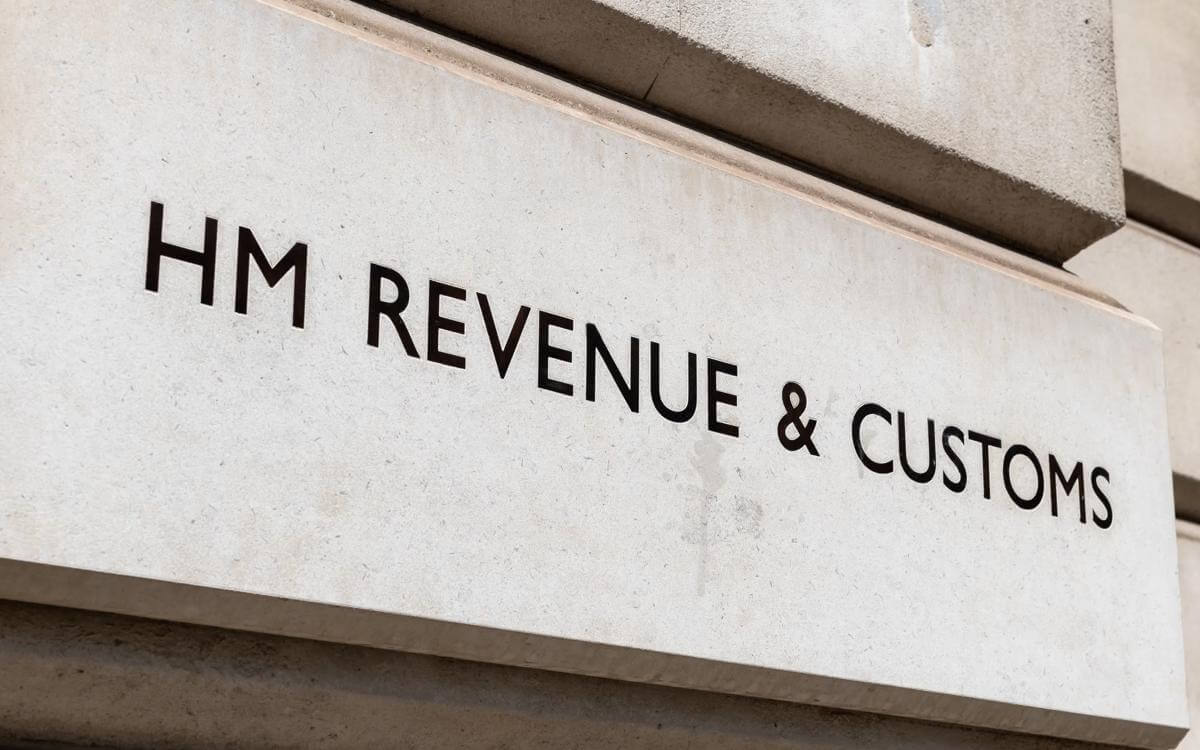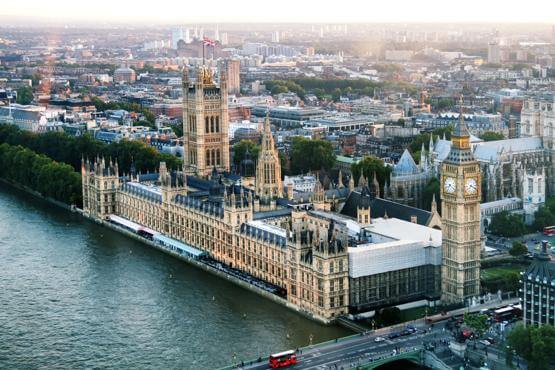Immigration: further details published
This month has seen Further Details of the UK’s new Points-Based Immigration System published.
This month has seen Further Details of the UK’s new Points-Based Immigration System published. This follows the Government’s policy statement issued in February of this year setting out the proposals for a single, global immigration system. By way of a recap, these include three non-negotiable criteria: the offer of a job by an approved sponsor, a job at an appropriate skills level, and an ability to speak English to the required level, together amounting to 50 of the 70 required points. Successful migrants will then need to secure an additional 20 points under the points-based system. These points can be based on their salary, a job in a shortage occupation, and/or PhD qualifications which are relevant to the job. Further information about the previous policy statement can be found in our February update here.
The Further Details now published provide greater information as to how the proposed points-based system will work and include details for a variety of immigration routes. A copy of the Further Details can be found here but we set out below some of the key points in respect of the proposed route for skilled workers.
What is a skilled worker?
As set out previously, in terms of the level of skill required, the Government has indicated that this will be reduced from RQF6 (for example, Bachelor’s Degree or Graduate Diploma) to RQF3 (for example, A-level or International Baccalaureate). The new report confirms that occupations will be grouped according to the codes taken from the SOC 2010 system, developed by the Office of National Statistics. It is the duties and responsibilities of the job that are important, not the precise job title used.
Once an employer has identified the most appropriate occupation code (and care will need to be taken in respect of this as some jobs which are similar have different applicable codes), it will then need to check whether this is an eligible code or not. There are tables included within the Further Details for those roles which are eligible and those which are not; again, employers will need to check these lists carefully as there are some ineligible roles included which might commonly be thought of as being “skilled”.
There is no cap on the number of skilled migrants who can come to the UK under the new system.
What threshold is to be applied for the “English language” requirement?
The language level is based upon the Common European Framework of Reference for languages. For skilled workers, they will need to be able to demonstrate their ability at level B1 (an intermediate level).
Language ability can be demonstrated in a variety of ways, including being a national of a majority English speaking country, having an academic degree taught in English or passing a secure English language test.
What salary thresholds apply?
There is an absolute minimum salary of £20,480 that will always need to be met. This threshold is higher than both the annual National Living Wage earnings, and the annual Living Wage earnings (outside of London), based on a 40-hour working week.
However, to earn points for salary, an individual will need to earn more than this. The precise amount that they need to earn will depend upon the “going rate” for their particular occupation. The Further Details includes the going rates for the various eligible occupation codes (although it does stress that these may be subject to change before the launch in January 2021).
To earn the maximum 20 points, most individuals will need to be paid the higher of the going rate for their role and £25,600. There is a reduced salary threshold in place for new entrants to be able to earn 20 points (but the £20,480 minimum must still be met).
For roles within the public health and education sectors, the going rate is replaced by national pay scales; these individuals will need to be paid at the applicable national pay scale (and more than £20,480) to score the maximum 20 points (save for a temporary exception for nurses and midwives prior to achieving their full UK registration). They do not need to also meet the £25,600 salary threshold.
If the applicable salary threshold is not met for the 20 points, there is still scope for the individual to score 10 points by being paid the higher of at least 90% of the going rate and £23,040.
Should adjustments be made for actual working hours?
It is important to note that the going rate levels are based on a 39-hour working week and should be adjusted to reflect actual working hours as these rates are intended to allow for fair pay compared to resident workers. The general salary thresholds (£20,480, £23,040 and £25,600) however, are a measure of the “economic contribution” the applicant will make to the UK and cannot be pro-rated, regardless of the hours worked.
How can PhD points be accrued?
PhD points can only be earned where the PhD is relevant to the job. It will be for the employer to decide whether the PhD is relevant but it will need to be able to justify the decision. Points will be withheld where the explanation is not “credible”, and only academic PhDs will count.
In addition, only certain occupations can score points for relevant PhDs. The Further Details set out which occupations can claim PhD points but this list will be kept under review. Again, employers/applicants who wish to rely on PhD points will need to check the list carefully at the relevant time.
20 points are allocated for a relevant PhD in a STEM subject; 10 points are allocated for all other relevant academic PhDs. However, these points can only be earned where the individual’s salary is still above £20,480.
What is a shortage occupation?
There is very little additional information included in the Further Details about shortage occupations. As set out in the policy statement, it will be based upon those occupations designated as shortage occupations by the Migration Advisory Committee. 20 points are allocated to shortage occupations. Again, these points can only be earned by someone whose salary is above £20,480.
The Shortage Occupation List at Appendix K of the Immigration Rules only covers roles at RFQ6 and above. The Government has therefore asked the MAC to compile a list of shortage occupations for roles RQF3 to RQF5, and to consider whether any amendments are required to the existing list. The MAC has been asked to complete this by the end of September.
Are there other restrictions that will apply in addition to the points-system?
Yes. Those seeking entry can be refused where:
- They have a conviction with a custodial sentence of at least 12 months;
- They have committed an offence which caused serious harm;
- They are a persistent offender who shows a particular disregard for the law; or
- Their character, conduct or associations means their presence is not conducive to the public good.
What costs are involved in the skilled worker route?
The Further Details include information on application fees but this is expressed to be “indicative” only. There is a range which will apply to skilled workers depending upon the length of the application, where it is made and whether the role is within a shortage occupation. By way of example only, the indicative fee applying in-country for a non-shortage occupation role for up to three years is £704.
There will be a separate Health and Care Visa route for those working in eligible health occupations with a job offer from the NHS, social care sector or employers and organisations providing services to the NHS. Reduced application fees will apply and a fast-track process will be in place. They will also not have to pay the Immigration Health Surcharge (see below).
The Immigration Skills Charge will continue to apply in a similar way as currently, but extended to cover EU, EEA and Swiss nationals. The current rates, where discounts do not apply, are £1,000 per skilled worker for the first year, then £500 for each subsequent six-month period.
A sponsorship requirement will apply to the skilled worker route. In addition to undergoing certain checks, sponsors must pay a licence fee. The amount of the sponsor licence fee will depend upon the size of the employer – for example, for medium and large businesses, the licence fee is £1,476. The standard time for processing sponsor applications is usually 8 weeks.
Applicants will have to pay the Immigration Health Surcharge where they are coming to the UK for more than 6 months to enable them to access NHS services. A new discounted rate for those under 18 is being introduced but further details are awaited in respect of the same. The current Surcharge for all visa and immigration applications save for students and Tier 5 (Youth Mobility Scheme) is £400 per year.
Skilled workers will also need to be able to demonstrate that they have sufficient funds to support themselves and their families (referred to as “maintenance”). They will be exempt from this if they have a sponsor who can provide the maintenance cost if they need it; sponsors will need to confirm this on the Certificate of Sponsorship. Further details in respect of maintenance are to be published in Autumn.
Contact

Mark Hickson
Head of Business Development
onlineteaminbox@brownejacobson.com
+44 (0)370 270 6000







































